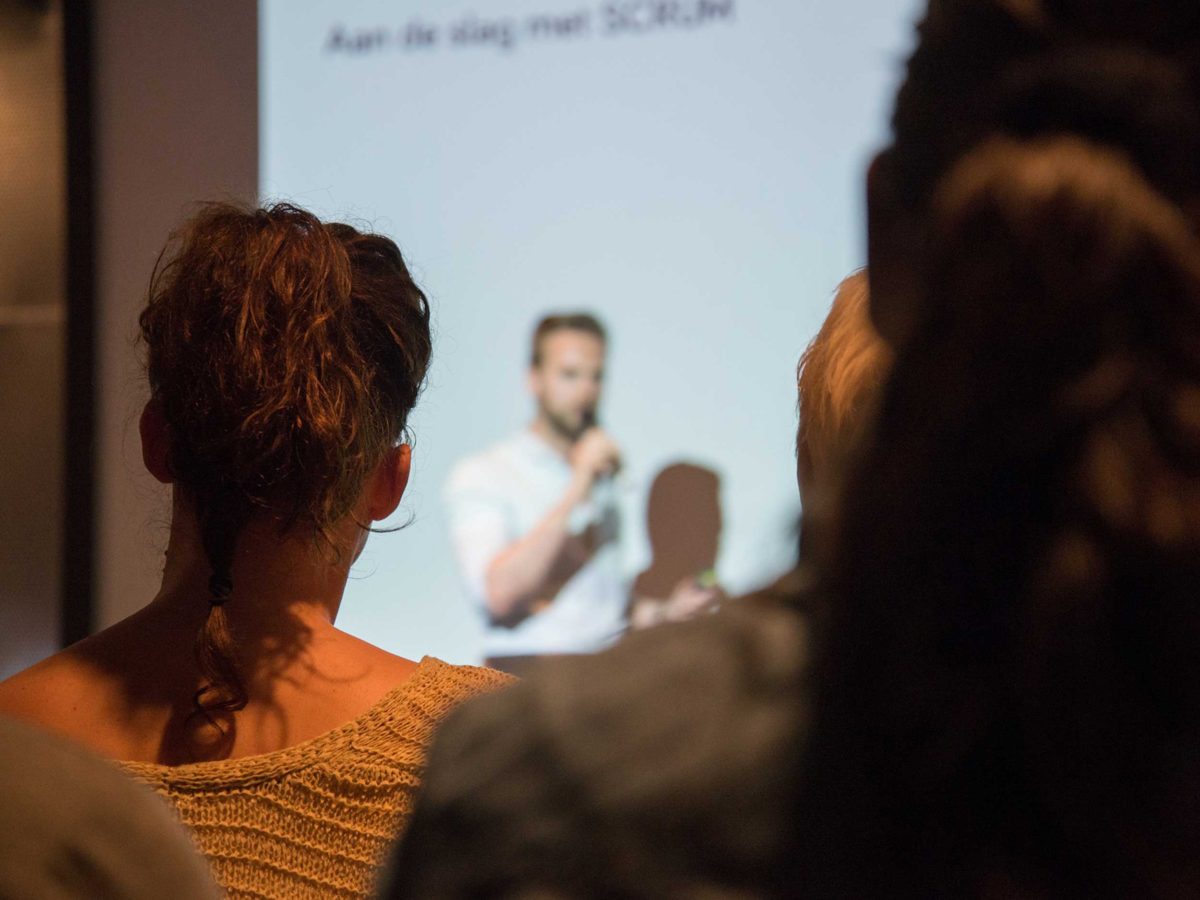Recent data on the viability of colleges is sobering. A September 2015 Moody’s Investor Service report highlights a persistent inability among small colleges to increase revenue, which could lead to as many as 15 institutions closing for good by 2017, well up from the usual rate of five annually. The main threat for many small colleges, defined by Moody’s as private colleges with operating revenue below $100 million and public colleges below $200 million, is declining enrollment. In fact, 72 institutions have shut down since 2007, 86% with enrollments less than 1,000.
Excellence in Leadership,
Science and Education
Recent data on the viability of colleges is sobering. A September 2015 Moody’s Investor Service report highlights a persistent inability among small colleges to increase revenue, which could lead to as many as 15 institutions closing for good by 2017, well up from the usual rate of five annually. The main threat for many small colleges, defined by Moody’s as private colleges with operating revenue below $100 million and public colleges below $200 million, is declining enrollment. In fact, 72 institutions have shut down since 2007, 86% with enrollments less than 1,000.
Recent data on the viability of colleges is sobering. A September 2015 Moody’s Investor Service report highlights a persistent inability among small colleges to increase revenue, which could lead to as many as 15 institutions closing for good by 2017, well up from the usual rate of five annually. The main threat for many small colleges, defined by Moody’s as private colleges with operating revenue below $100 million and public colleges below $200 million, is declining enrollment. In fact, 72 institutions have shut down since 2007, 86% with enrollments less than 1,000.
Recent data on the viability of colleges is sobering. A September 2015 Moody’s Investor Service report highlights a persistent inability among small colleges to increase revenue, which could lead to as many as 15 institutions closing for good by 2017, well up from the usual rate of five annually. The main threat for many small colleges, defined by Moody’s as private colleges with operating revenue below $100 million and public colleges below $200 million, is declining enrollment. In fact, 72 institutions have shut down since 2007, 86% with enrollments less than 1,000.
Many higher education institutions are considering and implementing radical transformative strategies to address current challenges. For example, the rate of consolidation and mergers in higher education has tripled in the last four years, as state funding shrinks and enrollments plateau. A barrier to successfully navigating these complex changes is finding the right leaders – those who can operate in extreme ambiguity, who can understand and accept multiple perspectives, who can effectively manage extreme multitasking and project management, and who are fearless, yet compassionate and approachable (more on this in this blog in the weeks to come). Identifying these ‘right leaders’, however, takes time and patience as they are generally rare commodities.
As we come into the Holiday season, I find this a good time to give thanks for all the blessings that my family, my friends and most of us have, in one way or another. And it’s also a good time to think about those that are less unfortunate than we are. And this includes the medically uninsured. Lest you believe that being medically under or uninsured is not as bad as it sounds, we should remember that roughly 40% of Americans owe collectors for medical bills and that U.S. adults are more likely than those in other developed countries to struggle to pay their medical bills or worse, to forgo care because of cost, as a recent piece in The Atlantic highlighted. Which means that medical bills have become the leading cause of personal bankruptcy. And being under or uninsured quite literally leads to an early death. An analysis by Families USA noted that across the nation, 26,100 people between the ages of 25 and 64 died prematurely due to a lack of health coverage in 2010, placing the lack of insurance in the top 15 causes of death per the US DHHS National Vital Statistics Report.
The past few weeks have seen many college campuses riled by student protests. And although this erstwhile student activist welcomes this rise in student engagement, albeit narrowly focused so far, one also wonders how to also get the younger generation involved in our electoral process. As we approach another general election in 2016 we once again face the continuing discussion of whether to make it easier (usually a Democratic initiative) or more restrictive (generally a Republican strategy) to vote. However, and more importantly for the countries democratic health, voter turnout in the general elections of 2014 was the lowest since WWII. Just 36.4% of the voting-eligible population cast ballots this past November, although admittedly it was a midterm election, which generally have lower turnout than term presidential elections.
We have often stated in this and other venues that the US as a whole, and each state in particular, needs to accelerate the growth of college-educated graduates in order to meet the demand of its industries and remain globally competitive. A rallying cry that echoes what many other advocates have been saying. And now we have a new report from the Public Policy Institute of California (PPIC) providing us with an update on how we, or at least the state of California, is doing... and the news isn’t good. The analysis estimates that the state will fall about 1.1 million college graduates short by 2030, a significant workforce skills gap.
I recently had the pleasure of speaking with Mr. Amit Mrig, founder and CEO of Academic Impressions, an organization which, for more than a decade, has been providing higher education professionals with practical, experience-based tools and information to help them succeed in an increasingly challenging fiscal, cultural, technological, political, and academic environment. Our conversation was wide ranging and stimulating — Amit is a passionate advocate for improving higher education in the U.S., and ensuring access and success to the widest possible student population — as am I. Part of our conversation centered on the (then) upcoming rankings to be provided by the federal government and the increasing emphasis on the use of rankings by many consumers. And so we asked - Are these rankings fair or are they biased? Are they an accurate measure of the value of a university? How about the quality of an education? And we concluded, emphatically, “No.” To understand why we responded this way we should consider a few facts, and three important issues facing higher education today.
Two recently released reports provide an enlightening picture of the state of higher education for Latinos in the United States. While there have been encouraging developments over the past 10 years, Latinos remain underrepresented and underserved across virtually all post-secondary education sectors, with many barriers to Latino higher education attainment — and the accompanying life-long, generation-spanning benefits that could accrue — remaining stubbornly in place.











